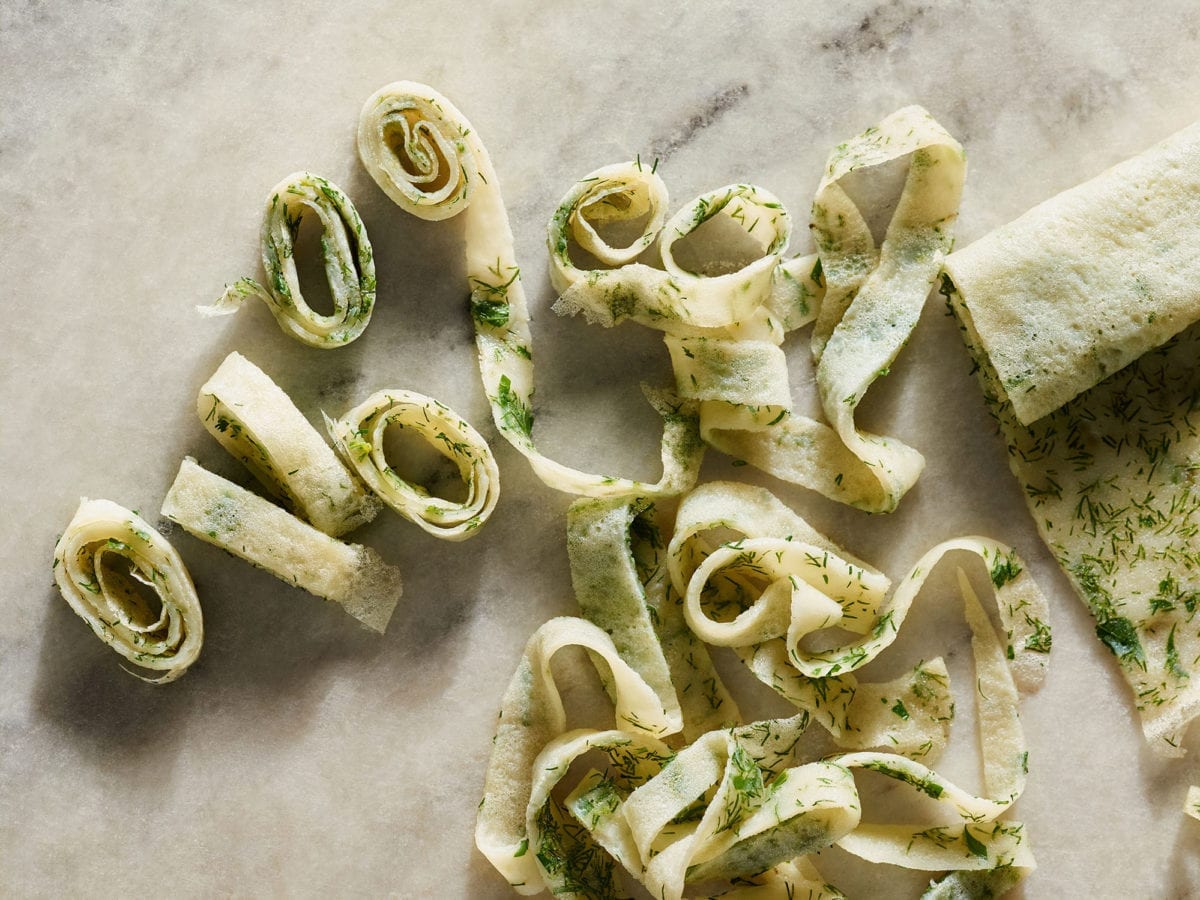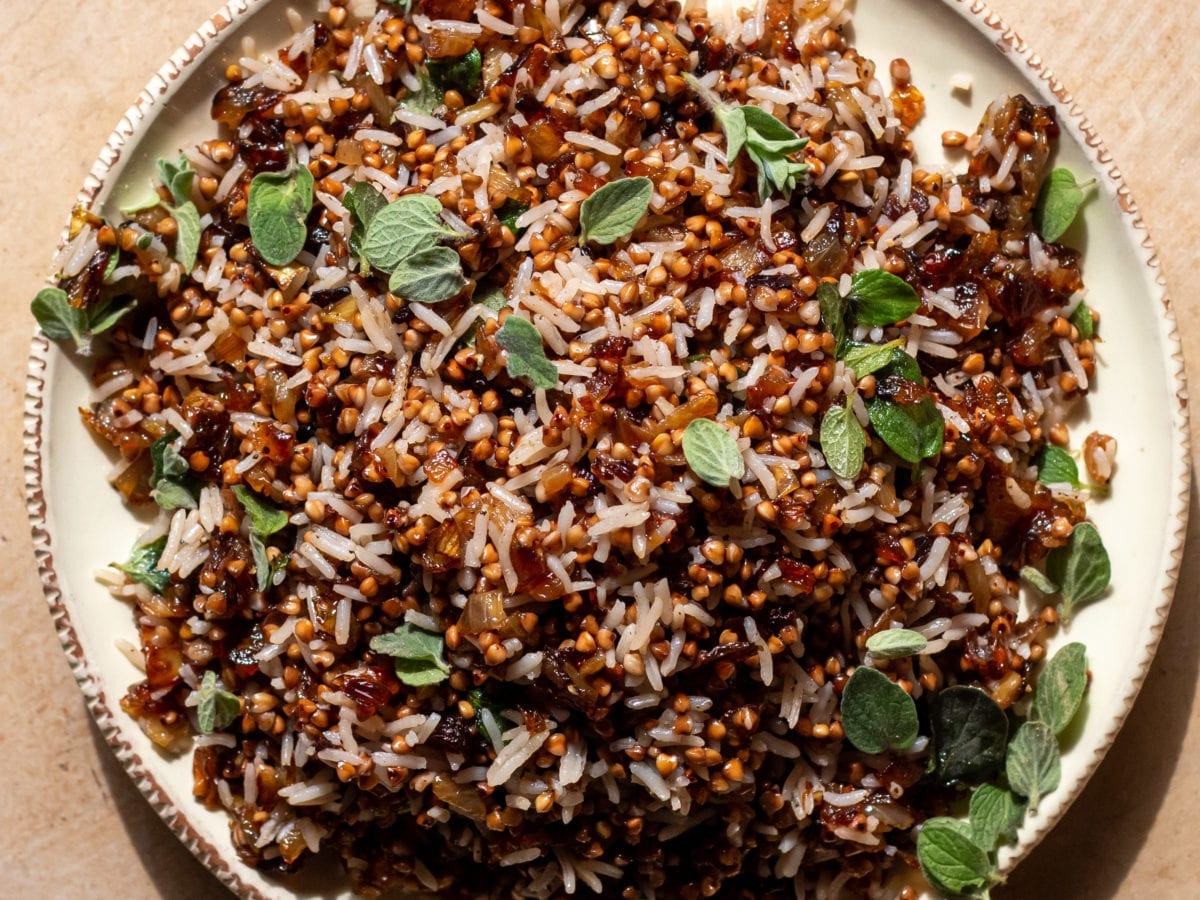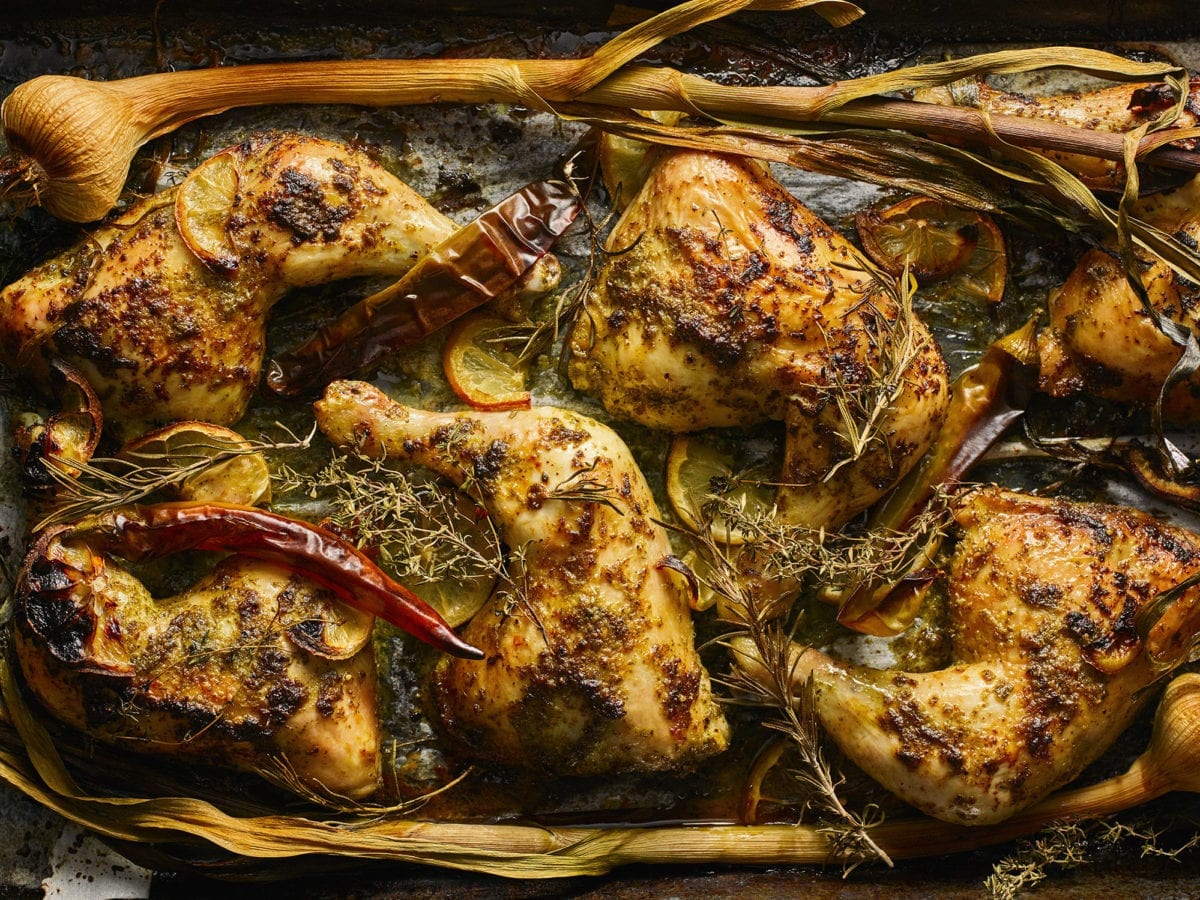An acclaimed doctor once stated in a popular newspaper that the herb Salvia was beneficial for treating the common cold. Is that so? Salvia is the name of a genus, composed of hundreds of species, each highly different from the others — not only in their physical appearance, but in other characteristics as well. To illustrate this, keep in mind that horses, zebras and donkey are also species in the same genus.
Even if we assume the doctor referred to the common culinary sage (Salvia officinalis), we are still talking about a highly diverse species. There are hundreds of common sage plants in our living genetic collection at Newe Ya’ar, and even an untrained eye can easily spot the pronounced differences in physical appearance, in the plant’s structure and shape, in the timing and color of flowering, and of course, in their aroma. These plants contain various ingredients with a variety of flavors, aromas, and other biological activities. The diversity in chemical ingredients is no less than what we can see with our eyes. If we practice medicine, we must consider the active ingredients and their composition, and if our purposes are culinary, we must consider the taste and aroma these ingredients produce.
“The Voice” of Plants
Sage is only an example; what I explained above applies to all other plants. In Newe Ya’ar, for instance, we have a large living collection of rosemary plants (Rosmarinus officinalis). Some are wild plants collected in nature while others are cultivated plants from Israel and abroad, and some are hybrids we have created ourselves. Cross-breeding plants from different parts of the world may yield progenies with new combinations of traits that cannot be found in nature. In this case, too, it is hard not to perceive a great diversity in appearance, in aroma and flavor. No culinary expertise is required to recognize significant differences between varieties or to use each one of them for a different culinary purpose.
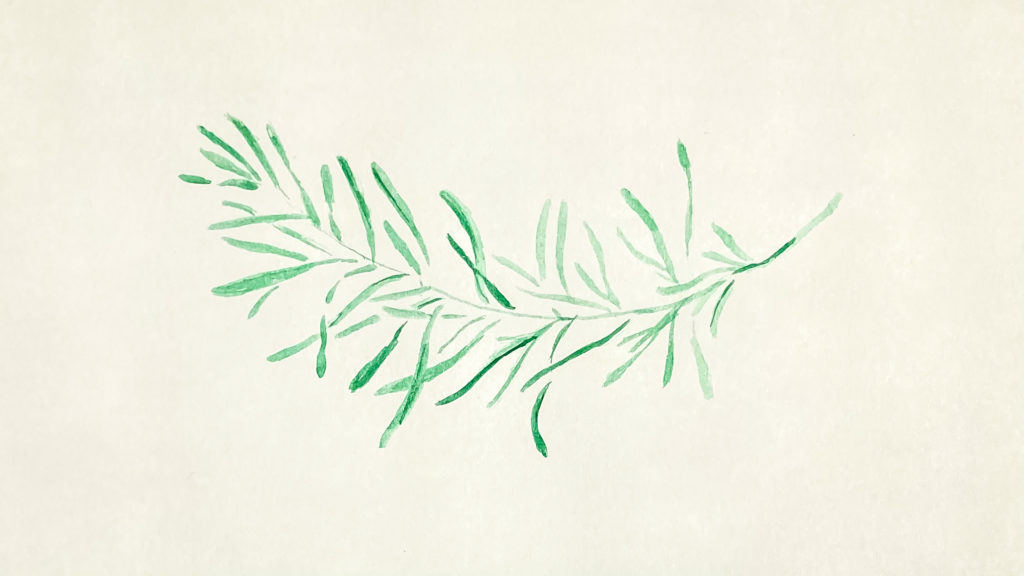
Rosemary is also known for having multiple medicinal benefits, and research has associated several types with contributing to brain functionality and memory. Differences in active ingredients mean different traits. Genetic diversity, even when artificially created by crossbreeding, may serve the variety breeder as it enables selection for superior varieties for various purposes.
Rosemary plants can be easily reproduced by cutting stems. The fact that the progeny is identical in its genetic information, and therefore in all its characteristics to the parent plant, allows us to grow extensive fields from one selected plant. Another known characteristic of rosemary is its preservative quality, mainly due to an antioxidant called carnosic acid. Preservatives for industrial food have been around for many years, but many of them are synthetic. Today, the rising demand for all-natural foods keeps natural preservatives in constant demand, and rosemary is the major plant source for it. The plants undergo an extraction process to create a concentrate with a high percentage of carnosic acid.
“Growing costs in Israel are high due to labor and water. We had no chance of competing with countries where costs are lower, unless we developed a substantial comparative advantage in growing costs or in product value.”
— Professor Nativ Dudai
Dried rosemary leaves used to produce carnosic acid usually contain about 2-3% of the substance. When examining the plants in our collection, we found a large range in the amount of carnosic acid. This finding inspired the idea of selecting outstanding varieties in this respect, and to our surprise, we detected species containing more than 9% carnosic acid. Growing costs in Israel are high due to labor and water. We had no chance of competing with countries where costs are lower, like Marocco or Albania, unless we developed a substantial comparative advantage in growing costs or in product value. A high, uniform content of carnosic acid could be the answer. Rosemary leaves with more carnosic acid will sell for a higher price and generate higher profits, not only because of its general quantity but the reduction of extraction and concentration costs.
But this is not enough. This characteristic is beneficial for the consumer, yet our work is not done unless we assure the plants of the selected variety have improved characteristics for the breeder, too — such as high yields, a shape that is easy to harvest, a high leaf/stem ratio, resistance to pests and disease etc. The selection process must consider all these characteristics, both the consumer and breeder in mind. In our case, we have already developed a variety that is widely grown in the Negev and exported at high prices to natural food preservatives manufacturers worldwide.
After one of our rosemary cultivar starred in a research project by Midreshet Sde Boker for efficiently curing a microbial disease in fish, I met the late ENT doctor Yossi Rakover to develop a formula based on an extract of this variety to efficiently treat strep throat (streptococcus) in humans.
As mentioned above, rosemary is known for various other uses — mainly for ornamental gardening and in the kitchen. It is a good moment to mention our “Barbecue” variety. One day in the 1980s, the author Amos Kenan surprisingly stepped into my office. He explained that was a cooking enthusiast and that he kept an herb garden on his roof. As I am an agronomist and not a cook, we agreed I would give him a tour of our herb collection, and in return, he would share some tips about their culinary uses. This is how I got the best tip for using rosemary: sprinkling its leaves on grilled meat for flavor. More than a decade later, one of the new plants in our collection reminded me of this anecdote.
It was a completely upright rosemary plant from a rare specimen I found on Mount Sinai, characterized by a delicate fragrance (also in the stem), light-colored leaves and a unique, beautiful appearance. It inspired me to use its branches as skewers that will flavor the meat. The rights for this variety were later sold to the Hishtil company, which has turned it into a worldwide hit. It has been their top-selling rosemary variety for many years, sold mainly for gardening purposes.
Romantics or Practicality?
So far, we’ve discussed natural diversity and how it assists us in developing optimal varieties for different purposes. Now, let us turn to the cultivation of wild plants. What motivates this practice in the first place? We know people have always gathered wild plants, including herbs, like oregano in Greece and Turkey or sage in the Dolomites. We have already said nature is characterized by biodiversity, which means plants differ in their characteristics. In the modern world, industry requires that products be uniform and identical to the sample provided by the supplier before the sale. This is hard to achieve when gathering wild plants, a habit that is becoming less popular with time. Moreover, concerns for damage to biological diversity and for species extinction motivated laws that forbid or limit gathering (such as declaring certain species as protected or areas as nature reserves).
“If we collected wild plants and grew them in methods of intensive agriculture, many of them would probably not survive more than one or two growing seasons, even though most of them are perennial plants that can last for five years or more.”
— Professor Nativ Dudai
The cultivation of plants and their transformation into agricultural crops are crucial. The desired quality of crops impose intensive and strict conditions of irrigation, fertilization, and multiple rounds of harvest year-round. These conditions do not exist in nature. If we collected wild plants and grew them in methods of intensive agriculture, many of them would probably not survive more than one or two growing seasons, even though most of them are perennial plants that can last for five years or more.
A necessary step in cultivation is therefore a selection process for cultivated growing conditions. This is precisely what we have done with the herb known in Israel as za’atar (Origanum syriacum). The Arab name za’atar refers both to the herb and to the spice mixture based on it (dried grounded leaves of Origanum syriacum, salt, sesame seeds, sumac, and olive oil). Why should we cultivate za’atar? Because it fits all criteria: it is widely and traditionally used; it is a functional food with attributed health benefits; it is used in industry; it is gathered in nature; and it is a protected plant.
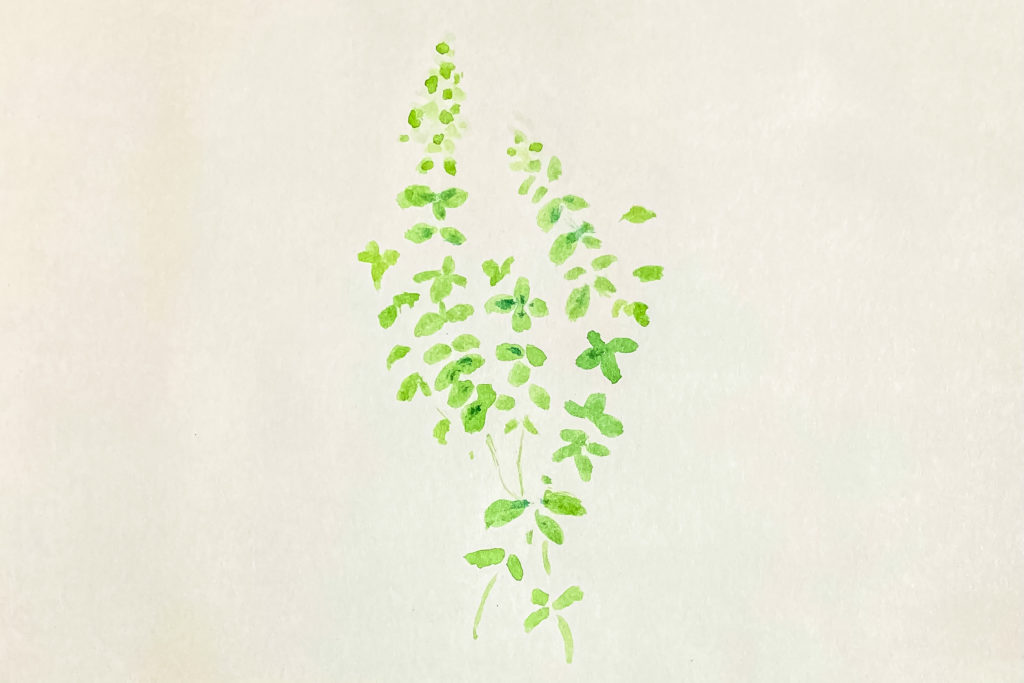
Following a survey of its distribution areas in Israel, cuttings were taken from all the selected representative populations of the plant across Israel. These cuttings were then planted in the test plot of the Newe Ya’ar Research Center and grown under intensive conditions that simulate those of the commercial field. Uniform growing conditions allow us to distinguish genetic variation in traits, without fearing environmental and soil effects. Selection was conducted for multiple traits, such as survival over time, yields, morphology, contents and composition of natural substances such as essential oil and typical antioxidants, resistance to pests and disease, etc.
This is a good point to discuss the quality of gathered wild plants in comparison to cultivated crops. There is a tendency to assume the quality of wild plants is superior, but that is not necessarily true. In nature, there is considerable variation between plants; in the selection process, we can opt for better plants, so it all depends on the breeder. The breeder must know how to select plants that in cultivated growing will please the consumer just as much as wildly gathered plants, or even more. This method was used to develop cultivated varieties of za’atar for agricultural crops, some of which are already grown and marketed, while others are still in development. Yet the breeder will necessarily reach a “glass ceiling” — as our selection process was applied to plants collected from the wild population, we can only reach the optimal plant existing in nature.
How can this barrier be broken? With the help of crossbreeding, the next stage in classical genetic breeding. If we crossbreed plants, for instance from Israel’s northern Mount Hermon with plants from the southern Negev, we are likely to yield a composition of traits that does not exist in nature, as these populations developed in their respective areas without ever meeting. In this method, we actually augment the biological variability that is so important to us in classical genetic breeding. Hopefully, this crossbreeding will also result in hybrid vigor(or heterosis), a generic phenomenon in which a crossbreed of distant genetic types results in offspring superior to the parent plants. For this reason, the next step will be to crossbreed the various plants in the collection and analyze their progenies.
Our selection of progenies resulted in varieties of outstanding characteristics, from which we selected the “super-za’atar.” But the story does not end here — how do we break the next glass ceiling, the potential of the species origanum syriacum? The answer is interspecific hybrids.
Works Like a Mule
In some cases, it’s possible to crossbreed different species from the same genus in nature. The wider public is familiar with this phenomenon in the hybrid of a male donkey and a female horse, or the mule. The mule, a highly resistant and strong animal, is an excellent example of hybrid vigor. An example from the plant world is the crossbreeding of two species of lavender, resulting in the well-known hybrid “lavandin,” widely used in perfumes. Anyone who’s visited the lavender fields of Provence likely came across this hybrid plant.
Let us return to our friend from the beginning of this article, sage (Salvia officinalis). In the 1980s the researcher Eli Potievsky of the Newe Ya’ar Research Center crossbred Dalmatic sage, considered the best sage in the world, with Three Lobed Sage (Salvia fruticosa) from Israel. The offspring were similar in shape and scent to common sage, but strong, high-yielding and resilient to winter conditions like Three Lobed Sage. In fact, most “common sage” you see in gardens and fields in Israel today is this hybrid, called “Salvia line 4.” When visiting breeders and nurseries around the world, I usually learn they grow this variety, too (calling it “Salvia Newe Ya’ar”). Like the mule, these hybrids are sterile and do not produce seeds. The reason is an odd number of chromosomes in the parent plants.
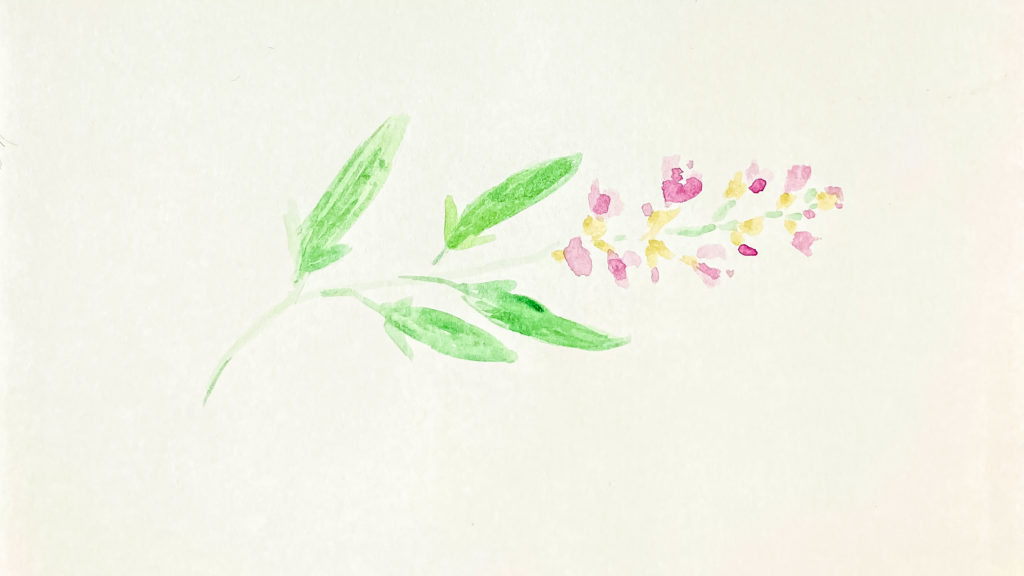
Now let us go back to the za’atar – I have thought of crossbreeding it with the European oregano (Origanum vulgare). Why? Israeli growers of fresh cut oregano face a major problem of leaves browning after harvest, especially in the summertime, a phenomenon which disqualifies the herbs for export. However, this does not occur in za’atar. But despite its similarity to oregano in flavor and aroma, demand in Europe for za’atar is low, due to its different appearance. My thought was that as the two herbs belonged to the same botanical genus, an interspecific hybrid might result in a plant that resembled oregano yet did not brown after harvest.
The six progenies we created remind me of the famous story about Bernard Shaw and Isadora Duncan: “Would it not be wonderful if we could have a child who had your brains and my beauty?” she asked. “Yes, but suppose it had your brains and my beauty!” he replied. As this comparison reveals, all six hybrid plants exposed their relation to za’atar in their appearance, yet turned brown after harvest, like oregano.
What to do next? Typically, we would have continued producing hybrids until reaching the right combination. The usual method in this case is called “self-crossing,” crossbreeding the eggs from the flowers of a certain plant with its own pollen, yielding progenies with highly variable sets of characteristics, so it is possible to select the desirable plants and continue working with them. However, interspecific crossbreeding usually results in sterile progenies.
Luckily — and surprisingly — the progenies we received were fertile and generated a huge variety of plants we have never seen before. Some did resemble oregano that did not brown, or za’atar with immense yields.
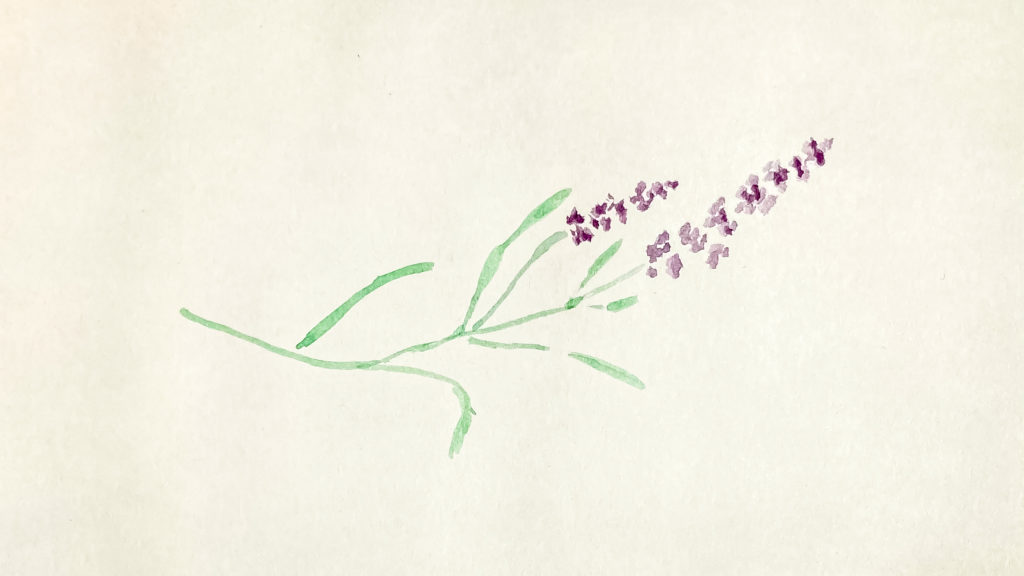
Finally, let us return to the title of this article, a quote from Rabbi Nachman of Breslov about herbs and the shepherd: “Each and every herb has its own unique song” (Likutei Moharan, Part II 63). Rabbi Nachman seems to tell us that although all herbs look the same to us, there are differences between them. Later, he adds: “But through the melody he is saved from this. For melody is the refinement of the spirit … This is the essence of melody — gathering and selecting the good ruach [spirit]…” So the shepherd, with his wisdom and knowledge, knows how to put the herbs to good use according to their unique characteristics.
Rabbi Nachman also refers to the difference between the shepherds: “For know! Each and every shepherd has his own special melody, according to the grasses and specific location where he is grazing.” And indeed, if we gave two breeders the same original population and the same goals, each one of them would probably produce a different creation. In that sense, it may be right to suggest that classical genetic breeding is not only a science, but a creative art based on scientific tools.

